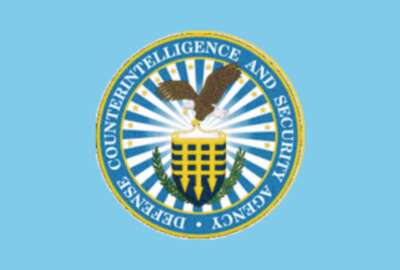IC’s new OSINT standards cover open source data, AI services
As OSINT becomes a major focus for the intelligence community, the new standards give analysts and collectors explicit instructions for citing certain data.
The Office of the Director of National Intelligence is standardizing how intel agencies are required to cite open source data and commercial information, including services powered by artificial intelligence, in their reporting and analysis.
In a new “Intelligence Community Standard” document signed out Dec. 2, ODNI establishes citation and reference standards for “publicly available information, commercially available information and open source intelligence.”
The ICS describes how the “rapid and continued growth” of public and commercial data, along with emerge of artificial intelligence, “necessitate an updated and forward looking approach” to how spy agencies use so-called PAI, CAI and OSINT in their products and reports.
Issuance of the new standards is a key step in efforts to elevate the use of open source data across the intelligence community. ODNI earlier this year signed out a new strategy that aims to make open source intelligence a “first resort” for collectors and analysts, as opposed to more highly classified intelligence.
Eliot Jardines, who previously led open source efforts at ODNI and now serves a director of operations for the OSINT Foundation, noted how the document provides clear examples for how collectors and analysts should cite commercial open source tools that have proliferated over the last decade.
“In many ways, this has made the citing of PAI, CAI and OSINT much easier to do,” Jardines said.
Bob Wilkinson, a retired Army intelligence officer who now trains OSINT professionals, said the new guidance clarifies questions about whether the citation standards only apply to certain kinds of analysis. Wilkson leads the OSINT Foundation’s practitioners committee.
“It’s clearly resolved in the new document, in that it applies to OSINT reporting, it applies to all source analysis, it applies across the IC,” Wilkinson said.
The document details citation standards for a range of open sources, including commercial databases, tools and data services, making it a valuable template for companies and academic institutions that work with the intelligence community.
Jardines noted the new ICS replaces a previous 2017 standards document that was not public.
“Having this standards document be unclassified means it’s available for industry to use, and certainly for academia to use so those future open source officers can be trained,” Jardines said.
In addition to standardizing the U.S. government approach to OSINT, Wilkinson noted the unclassified nature of the ICS also allows for shared OSINT training and collaboration with international allies.
“That is a breath of fresh air given the propensity to stamp everything for official use only or put other markings on it,” Wilkinson said.
The standards also cover how intelligence officers should cite AI-generated reporting and services, including classification models and generative AI systems. Those specification standards could be critical as intel agencies look to leverage AI and machine learning, especially for OSINT purposes.
And it acknowledges that new technologies will emerge “that may not fit neatly into the technology categories listed” in the standards document.
“The instructions are there to help us deal with this exponential evolution of technology that’s taking place,” Wilkinson said.
The document also follows up on a new policy framework issued by the ODNI earlier this year that lays out how the intelligence community should handle commercially available data while protecting Americans’ privacy and civil liberties.
The new ICS contains detailed instructions for describing sources, including whether the source is credible. And it calls for agencies to minimize the sharing of “unevaluated” open-source data.
“It provides transparency, which ultimately enables protections of civil liberty and privacy,” Jardines said. “At the same time, because the standards are so well articulated in when we need to be completely explicit about where we get this and where in other instances we might not want to do that, it also enhances operational security.”
Copyright © 2025 Federal News Network. All rights reserved. This website is not intended for users located within the European Economic Area.
Follow @jdoubledayWFED






